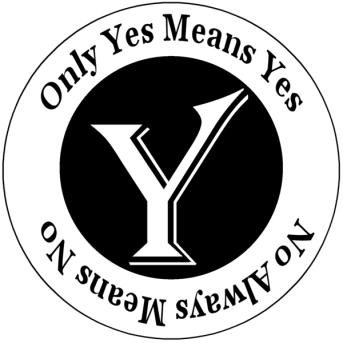Sexual violence takes many forms around the world and in Canada. It includes rape by a spouse who assumes he has consent; trafficking of women and children for sexual exploitation; female genital cutting; displays of sexually degrading images in the workplace; a doctor inappropriately touching a patient and telling her that if she complains he won’t sign her immigration form; a nursing home attendant attacking a senior and saying that no-one will believe her.
Women and children of every age, class, size and social location are vulnerable to sexual violence. However, those who live with multiple layers of oppression, such as trans women, racialized women, and differently abled women, are especially vulnerable, and less likely to be believed if they report the crime to police. Statistics Canada reported in 2006 that one in three Canadian women will experience some form of sexual assault in her lifetime.
Sexual violence is not about desire or passion, it’s about control, and it’s one of the most powerful ways that men exert their control over women and children. Sexual violence is especially hard to address because women are raised to believe that it’s their fault, and that they didn’t do enough to prevent it from happening. So deep is the shame surrounding this crime that women often don’t tell their closest friends, or the police. An essay published by the Toronto Rape Crisis Centre/Multicultural Women Against Rape estimates that only 1 in 25 rapes are reported to police and 98 percent of rapists suffer no penalty.
At Nellies we see sexual violence as part of the continuum of violence caused by racism, sexism, anti- semitism, classism, ageism, ableism, heterosexism, and transphobia. (See our Position Paper.) We believe women when they disclose the sexual violence they have experienced, and we support them in their choices around reporting and recovering. We refer women to community agencies for support and we facilitate our own W.E.A.V. groups for survivors. We participate in community actions against sexual violence such as SlutWalk, Sexual Assault Awareness Month, and Take Back the Night.
You can be part of the movement to end sexual violence. The Toronto Rape Crisis Centre/Multicultural Women Against Rape has published a list of “20 Things You Can Do to Transform Rape Culture.” You can join us at Take Back the Night on September 15th. Stay tuned for more information this month in our 4-part blog series about sexual violence. We will be posting about Take Back the Night, sexual violence and differently abled women, and we will share a survivor’s story.




